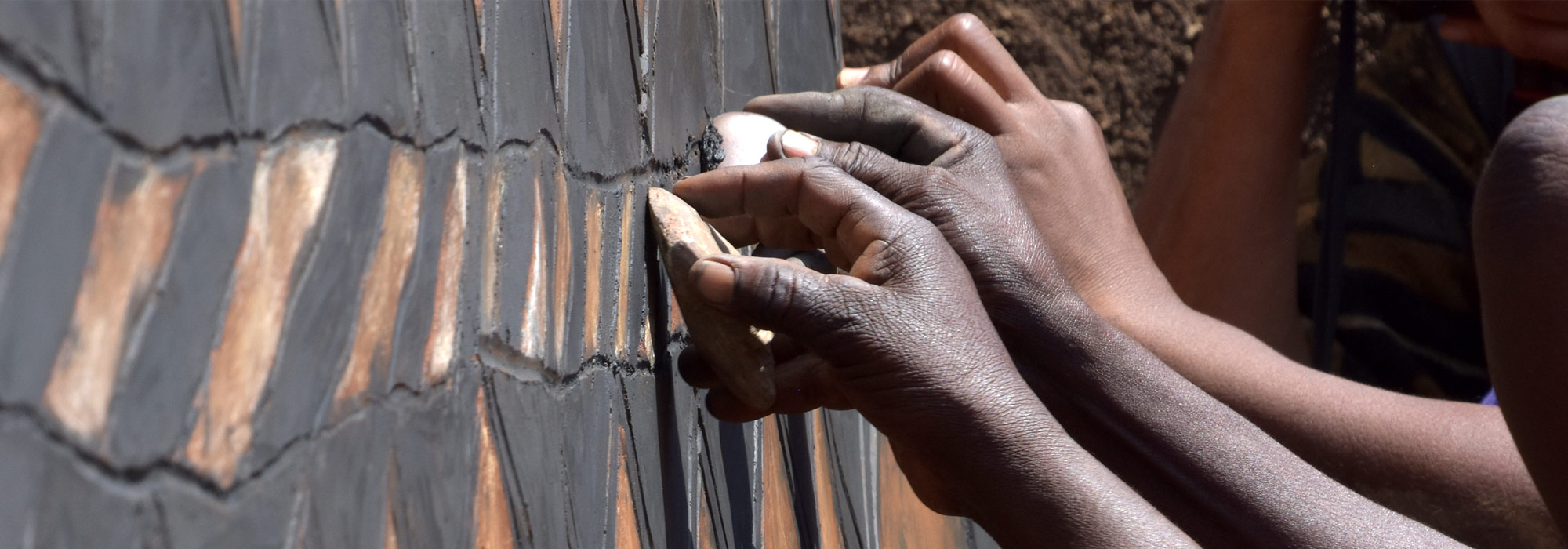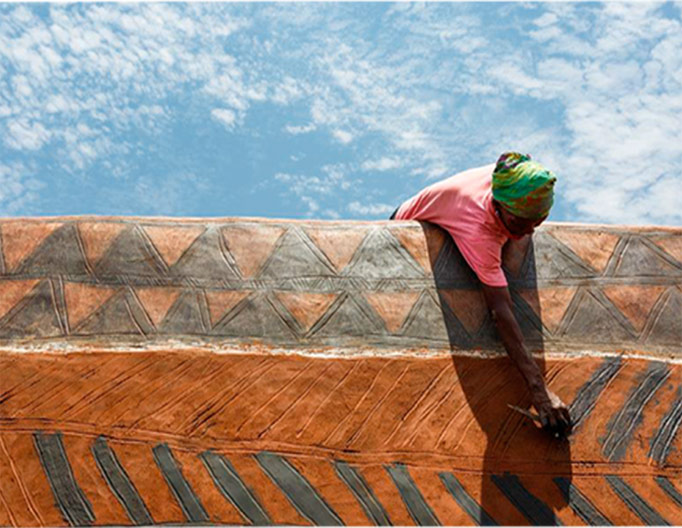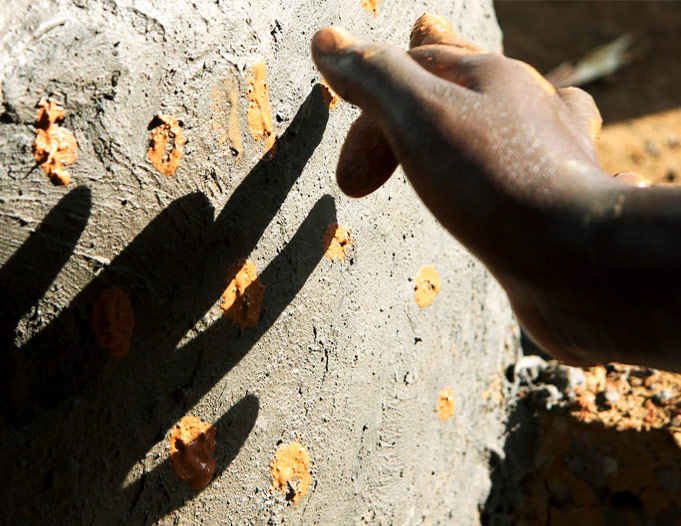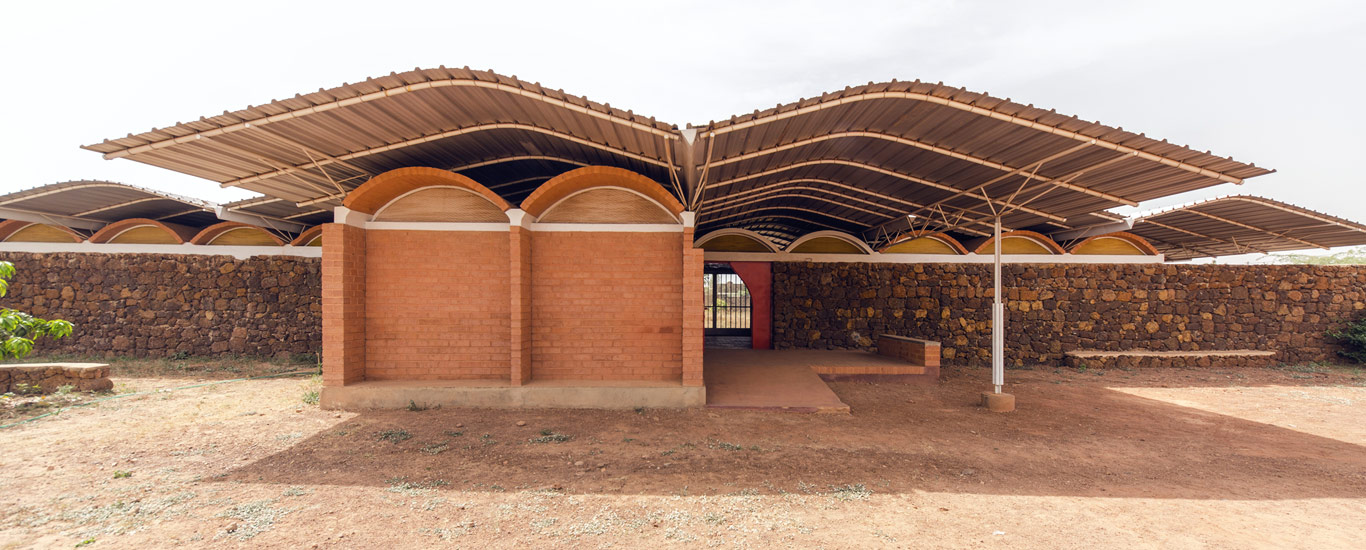

“ The interest of these architectures lies in the author's ability to combine form and construction with radical simplicity, making the most of the few materials used and synthesising the project with only the primary elements. ”
(Camillo Magni, Cassabella, nº910)
NEWS
The Boundary Between Past and Present
Just as their grandmothers used to do, and their great-grandmothers before them, the women of the Kasséna ethnic group in southern Burkina Faso provide the final touch to the mud plaster facades of their adobe houses by applying a varnish obtained from the boiling down of dried pods of the néré fruit (Parkia Biglobosa). When asked about it, they told us that this mixture is like a glue that fixes the different pigments used in the plaster and provides a certain impermeability against the violent rains during the humid season.

KAMBA ZAKA, The Children's house
KAMBA ZAKA was an activity carried out with children aged between 6 and 12, as part of the summer course that the LAAFI Association organised in the city of Koudougou in August 2011. The proposal was based on the local tradition of mud nativity scenes and took advantage of the children's interest and knowledge of local construction techniques to introduce them to the process of the architectural project and to highlight the value of traditional construction and local materials.




